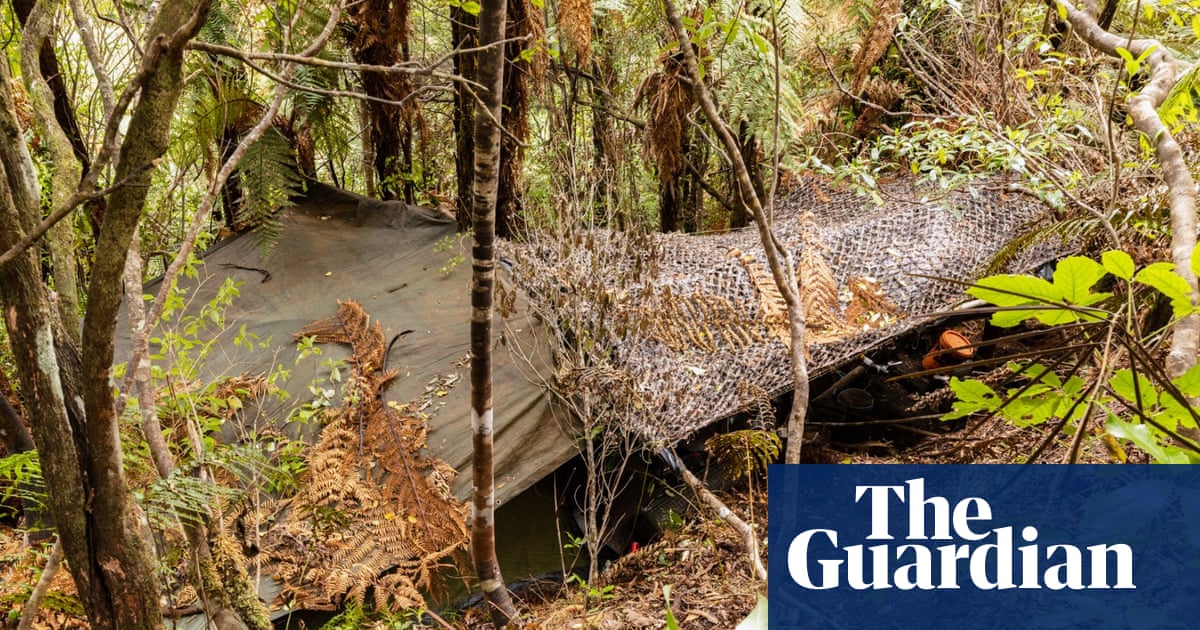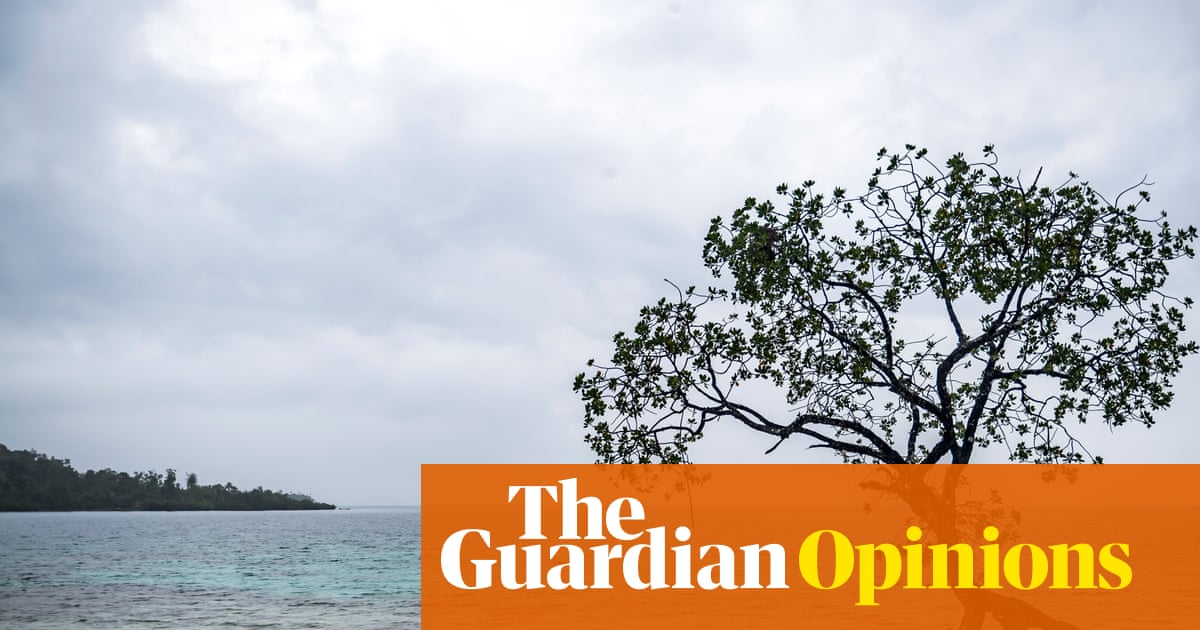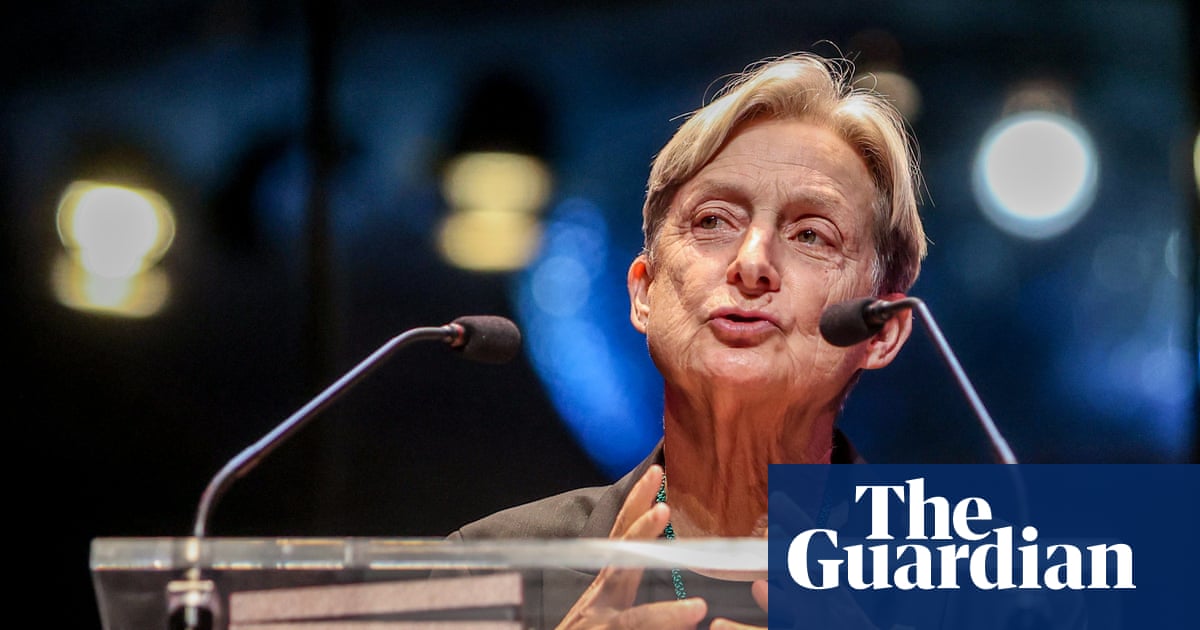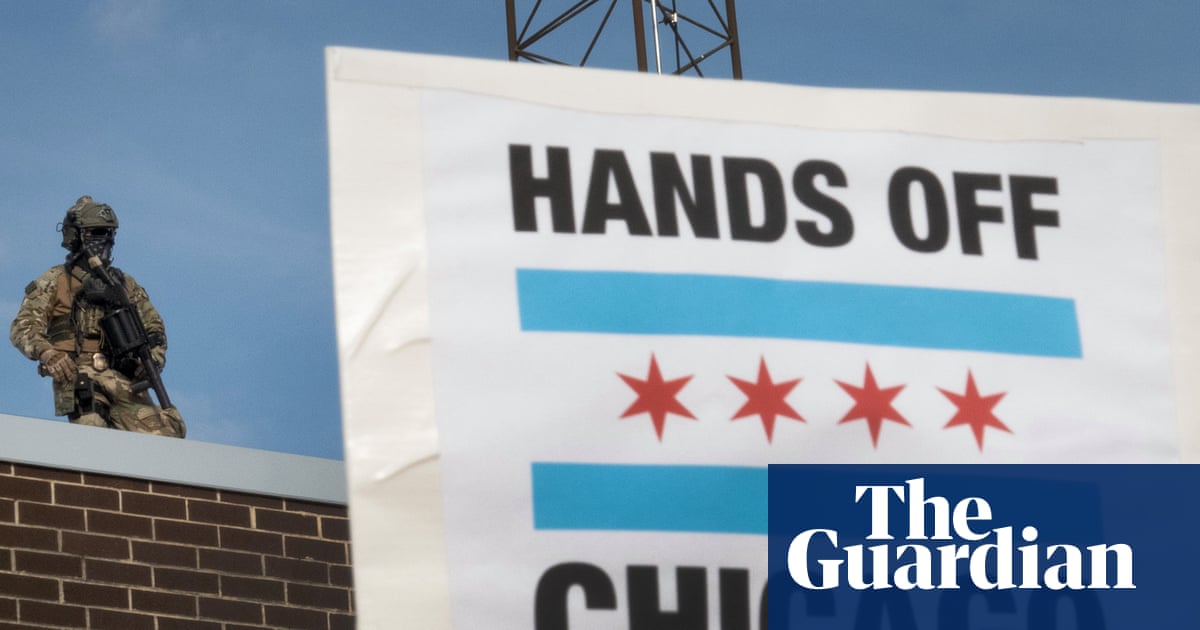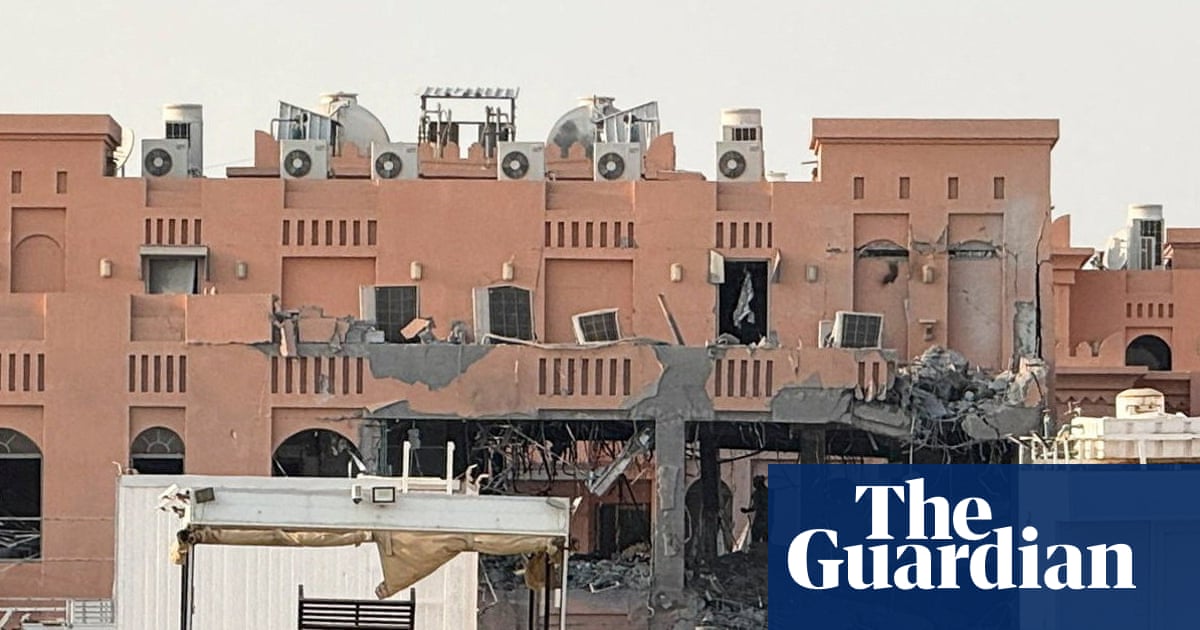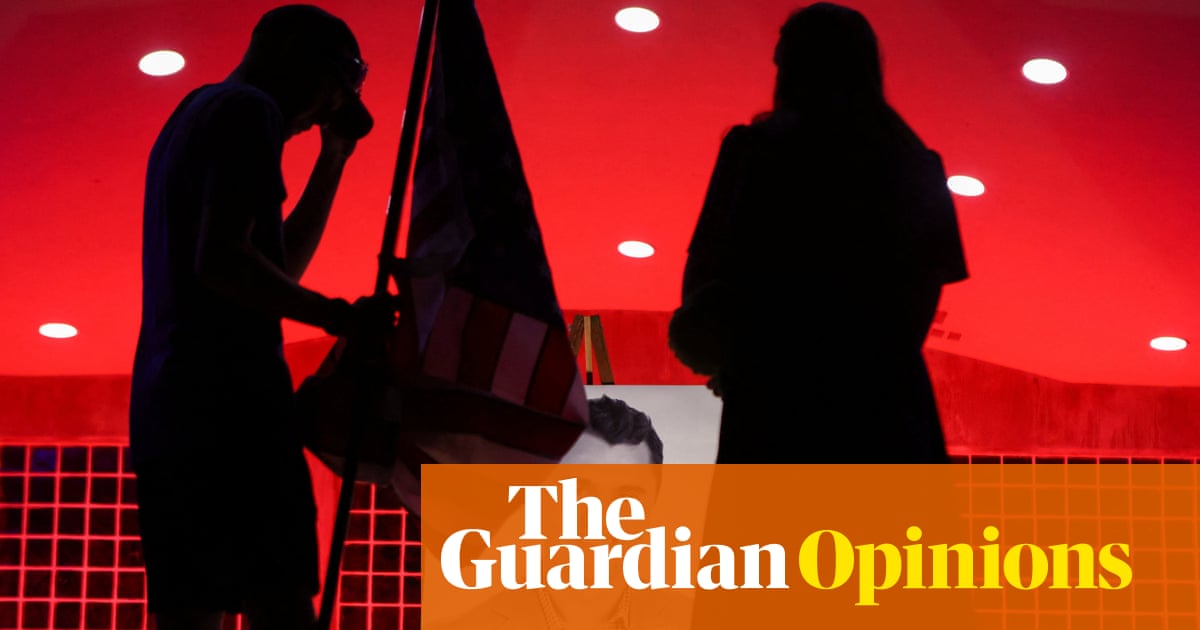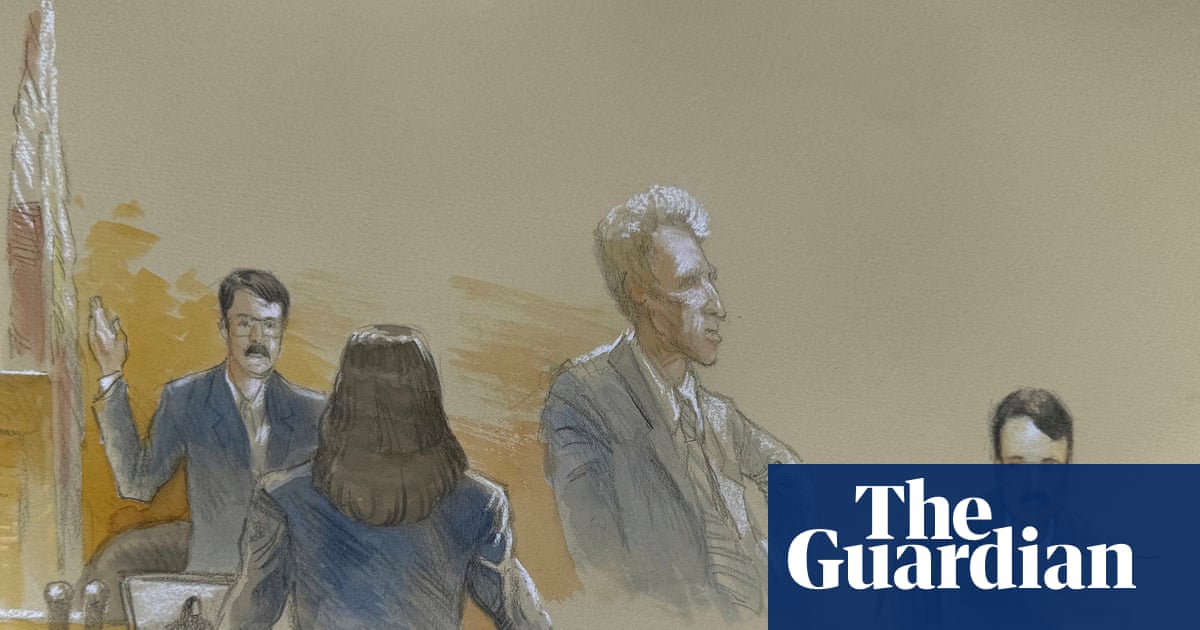As he dropped off his only daughter at Ahmedabad airport, Suraj Mistry seized the opportunity to take one final family selfie before she went back to London. Kinal Mistry, 24, had laughed lovingly at her father as he made her promise that they would meet again soon. “Yes, Daddy, very soon,” she said.
Instead, the photo – of Kinal smiling beside her mother and father – would commemorate the last time his family was a whole. In scenes of horror that have since reverberated around the world, just a few minutes after the flight took off from Ahmedabad airport on Thursday morning, it plummeted from the sky, exploding in an inferno of fire and black smoke. Only one of the 242 people onboard survived.
Yet even as fragmented bodies and charred limbs continued to be uncovered by rescue teams from the site of the crash, Mistry could not bring himself to accept that Kinal – whom he described as a beautiful dancer “so full of life” – was among the dead. Like so many on board, her body had yet to be identified, let alone given back to the family.
Mistry, sitting in the Civil hospital in Ahmedabad, still in the same clothes he wore when he took his daughter to the airport, was among hundreds of families desperately waiting for answers and clinging to diminishing hope.
“What can I say about Kinal? She was a wonder,” said Mistry, as he began to cry. “She lit up every room with her smile, she could strike up a friendship with anyone. She was beautiful, inside and out. That’s just who she was.”
Her life was only just beginning, he said. She had just got married and moved to London last year where she worked as a choreographer and had also set up a food business out of her own kitchen, as “she loved nothing more than feeding people”.
He said: “In just one day, our whole world has fallen apart. I don’t know if it makes me foolish, but I’m still hoping. Hoping for a miracle. Please, just one miracle.”

The true scale of the tragedy was still unfolding on Friday, as images and accounts of those who were onboard Air India flight 171 began to trickle out and the true death toll – officially about 265 – still remained unclear. The government Civil hospital in Ahmedabad appeared overwhelmed with the scale of bodies in the morgue and the task of identifying them, with only about six returned to families by Friday.
More than 200 relatives flocked to a makeshift centre in the hospital medical college to give DNA samples to help identify the bodies, many of which were brought to the hospital morgue mangled beyond recognition. Officials said some had been reduced almost to ash.
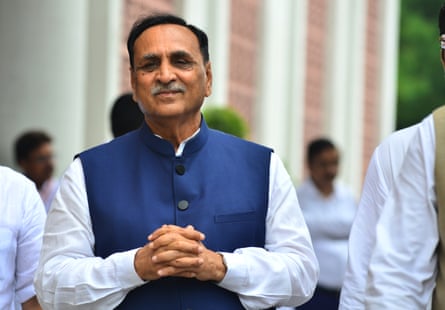
What was clear was that the disaster had wrought untold devastation on hundreds of families across India and the UK. Prateek Joshi, a radiologist who worked at a hospital in Derby, had boarded the flight with his wife, Komi Vyas, also a doctor, and their three children, ready for the whole family to start their new life together in the UK.
In their excitement, they all crammed into one final photo together before takeoff; mother and father beaming in the foreground, their five-year-old twin sons Nakul and Pradyut and eight-year-old daughter Miraya smiling from the seats in the next aisle.
For another passenger, Sahil Salim Ibrahim Patel, from a small village in Gujarat, this was his first ever international flight, en route to London for a dream scholarship that he believed would change his family’s life forever. Meanwhile, Prakash Lal Minarhia, who had been working as a chef in London for 15 years, had come back to India to perform the rituals for the recent death of his father.

Minarhia’s relatives said they still had not been able to bring themselves to inform his mother and wife, who remained in their village, about the crash. “Until we have his body, nothing is certain,” said Uday Lal Minarhia, 48, a farmer.
Rescuers and forensic teams continued to scour the wreckage on Friday amid scorching temperatures. Naresh Soni, an officer from the National Forensic Sciences University, said the teams were “not only racing against time, but also intense heat. With each passing hour in these extreme temperatures, the risk of biological sample degradation and contamination rises sharply – possibly making the identification of bodies difficult and potentially unreliable.”
As it crashed to the ground, the plane collided with a residential hostel housing hundreds of medical students who were studying at the nearby medical college. Many were eating lunch when the 227-tonne plane smashed down, obliterating the canteen wall and killing at least five students, with at least 50 more injured.
Yet many who had been in the vicinity of the hostel – which stood blackened and ominously empty on Friday – still remained missing, yet to be counted among the official dead. As Anita Ben Thakur arrived at the crash site, which was cordoned off by police, she demanded to be let through the barricades. “Let me through, let me through, my mother is inside,” she pleaded with police, before breaking down in tears.
Her mother, Sarla Ben, had been the cook in the hostel canteen for the past 15 years and had been serving food to the student doctors at Thursday lunchtime. She had also brought her two-year-old granddaughter to work with her. Neither have been seen since.
“Since yesterday, I’ve been trying to find my mother, but I’ve failed miserably,” she said. “I’ve been running around the entire night, and waiting outside the hospital patiently, hoping for some news – but nothing. And now, they’re not even allowing us near the debris to look for her ourselves.”
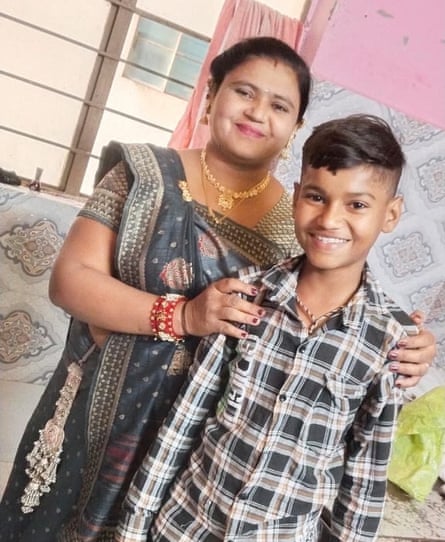
Sitting on the pavement outside the hospital morgue, Suresh Bhai Patni, 39, a rickshaw driver, put his head in his hands. On Thursday afternoon, as he did most days, his 15-year-old son Aakash Patni had gone to deliver lunch to his mother at the tea stall she ran, situated outside the student hostel. The family would meet at the stall every evening.
At the moment his mother, Sita Devi, sat down to eat, and Aakash was watching over the tea, the plane hit the hostel and immediately engulfed the stall in flames. Devi ran towards the stall in an attempt to save her son, and was caught up in the fire, but to no avail. Aakash’s charred corpse was later recovered by the authorities.
Devi survived but is seriously ill with burns over more than half of her body. “She keeps asking me about Aakash, but I just tell her he is also being treated,” said Patno. “How do I tell her the truth? I’m afraid she’ll lose the will to survive. And I can’t afford to lose her too. Not now. Not after this.”
Yet among the grief, many clung to what they saw as a single miracle to emerge from the tragedy; the sole survivor, 38-year-old British-Indian Vishwash Kumar Ramesh. Still confined to a hospital bed, he had only bruises and scratches to show for the incident.
Speaking to the Indian state broadcaster, the only outlet allowed into the hospital ward on Friday, Ramesh still remained hazy about how he had survived, but it appeared he had jumped out of the emergency exit door. “I still can’t believe how I got out alive,” he said.

 3 months ago
39
3 months ago
39




